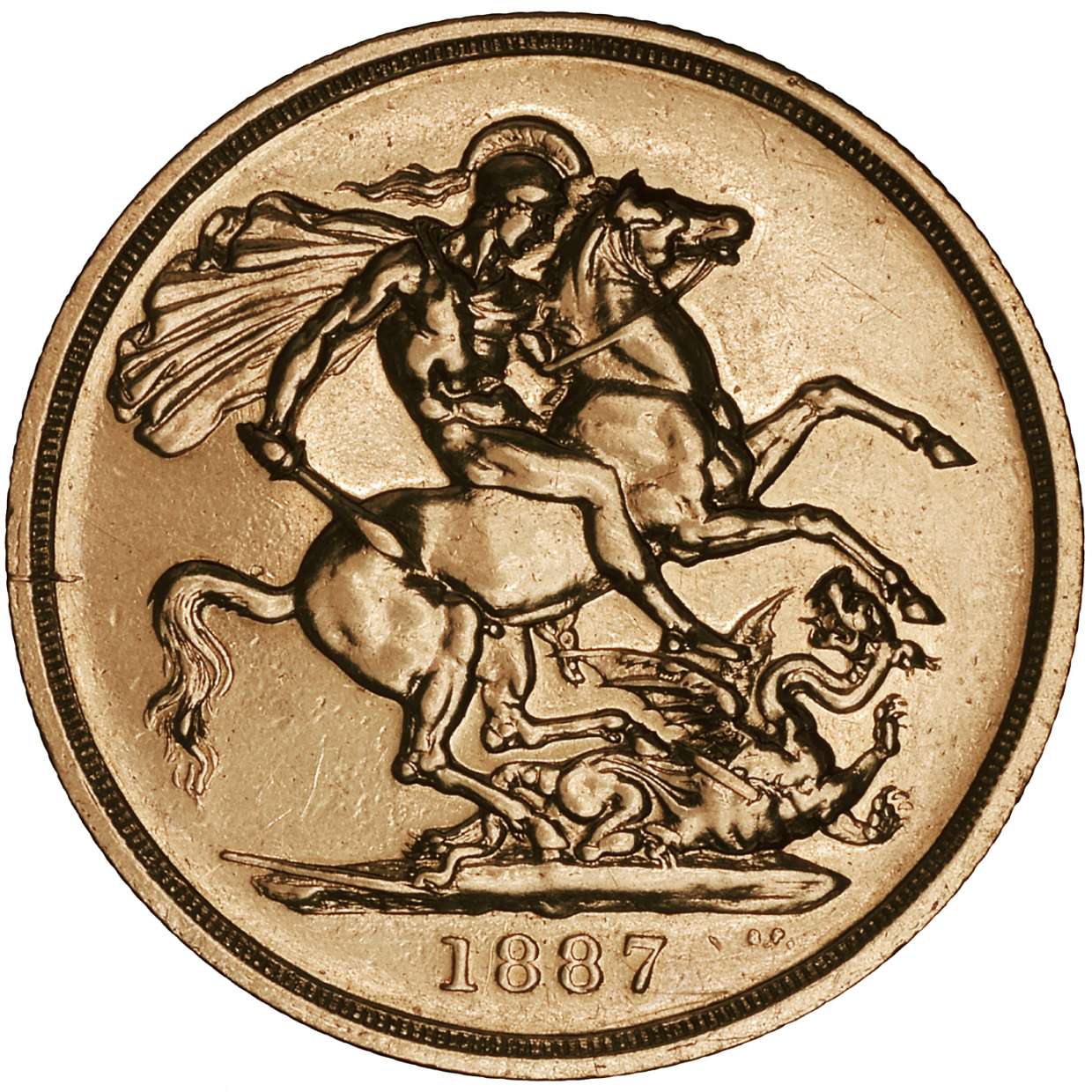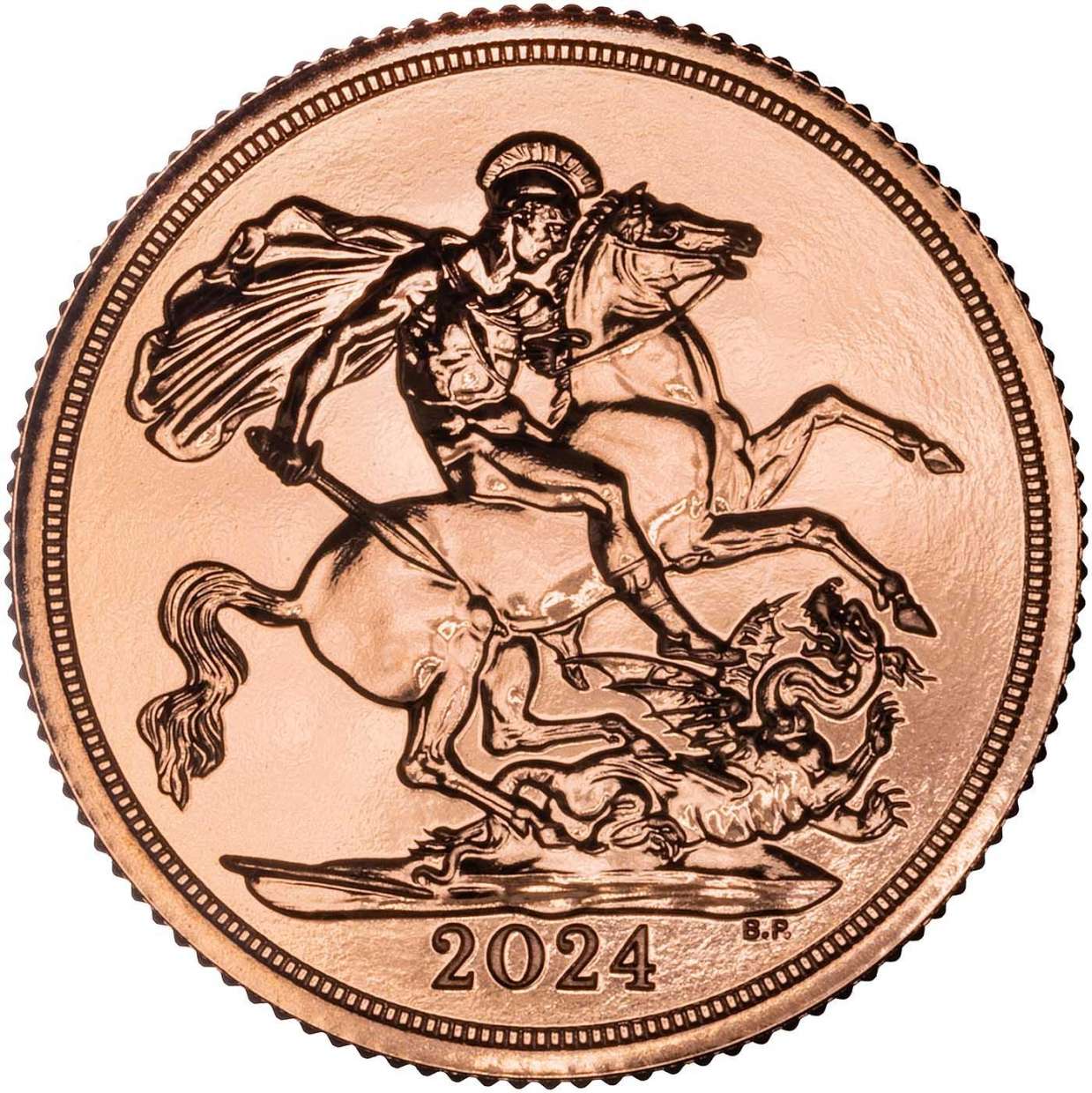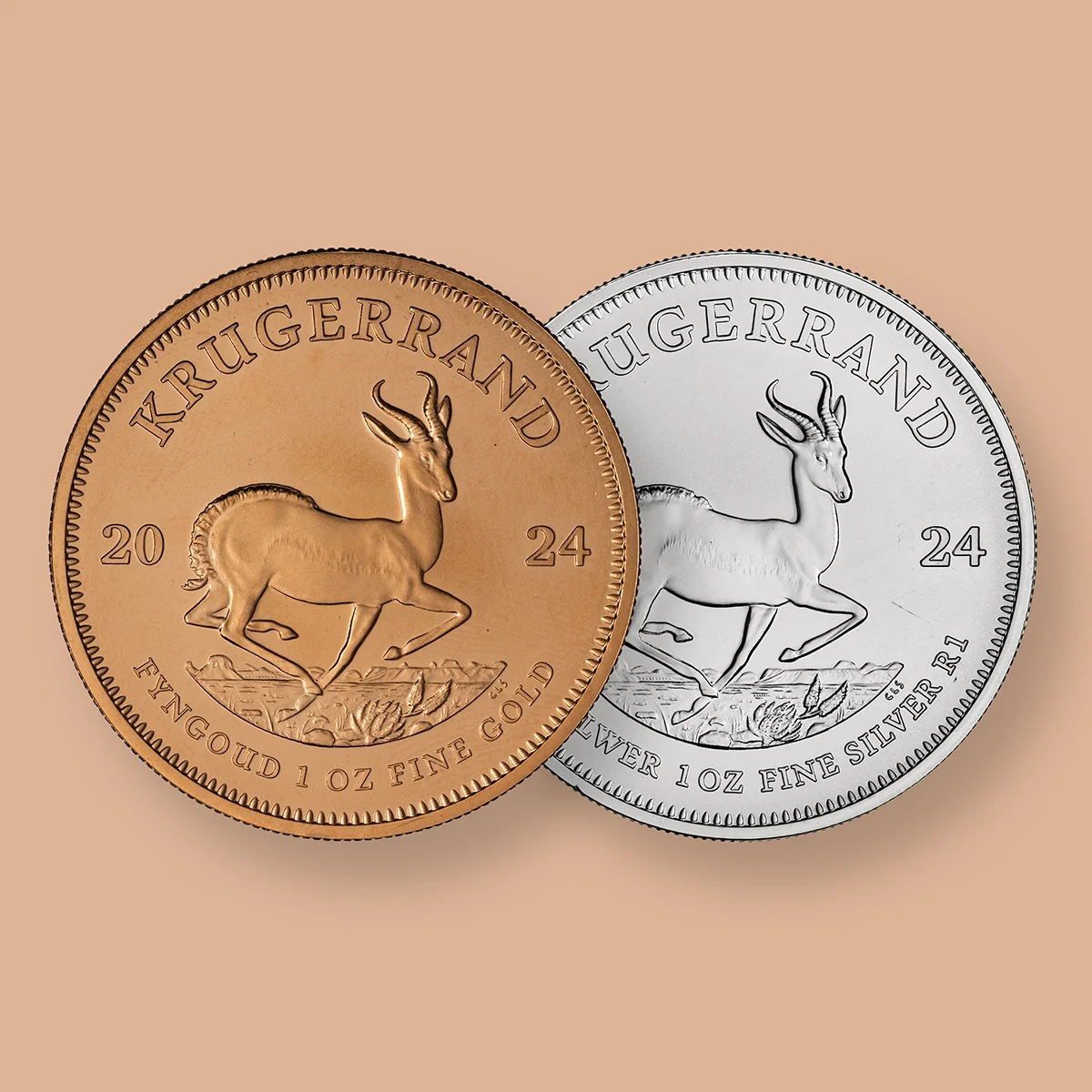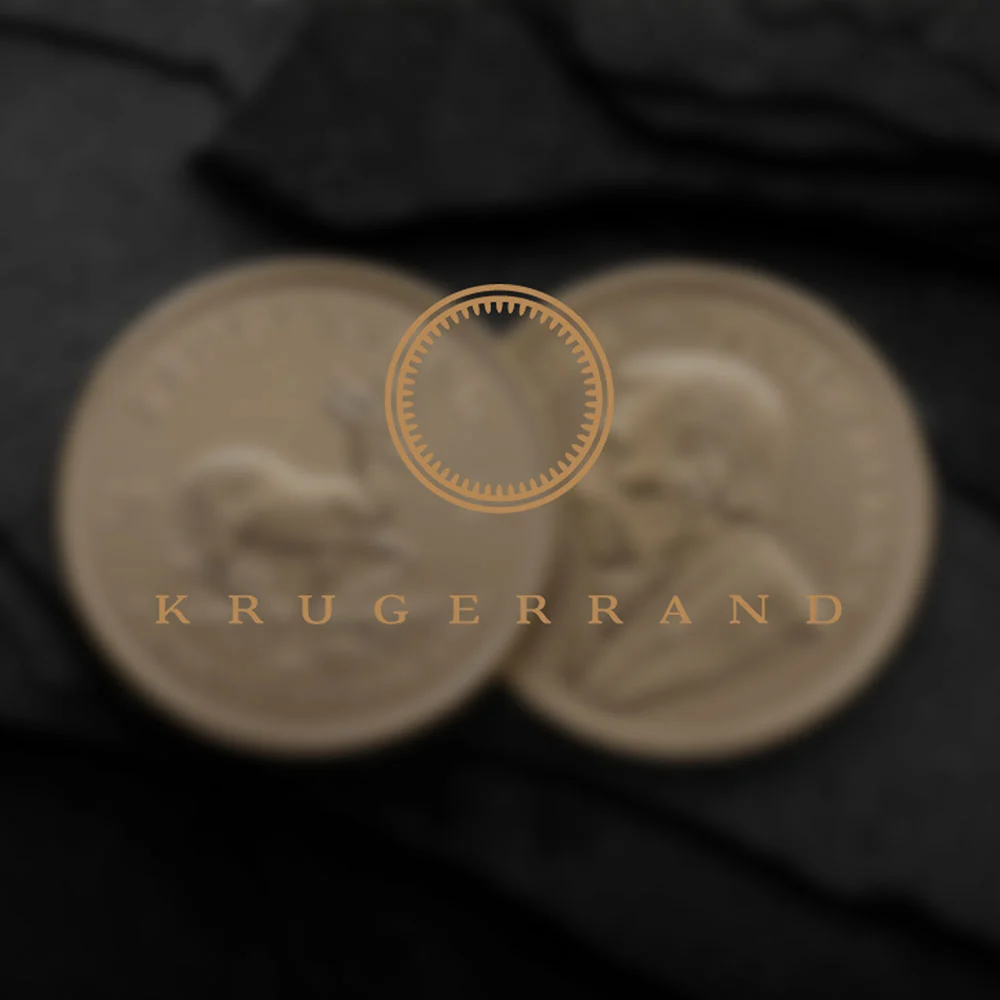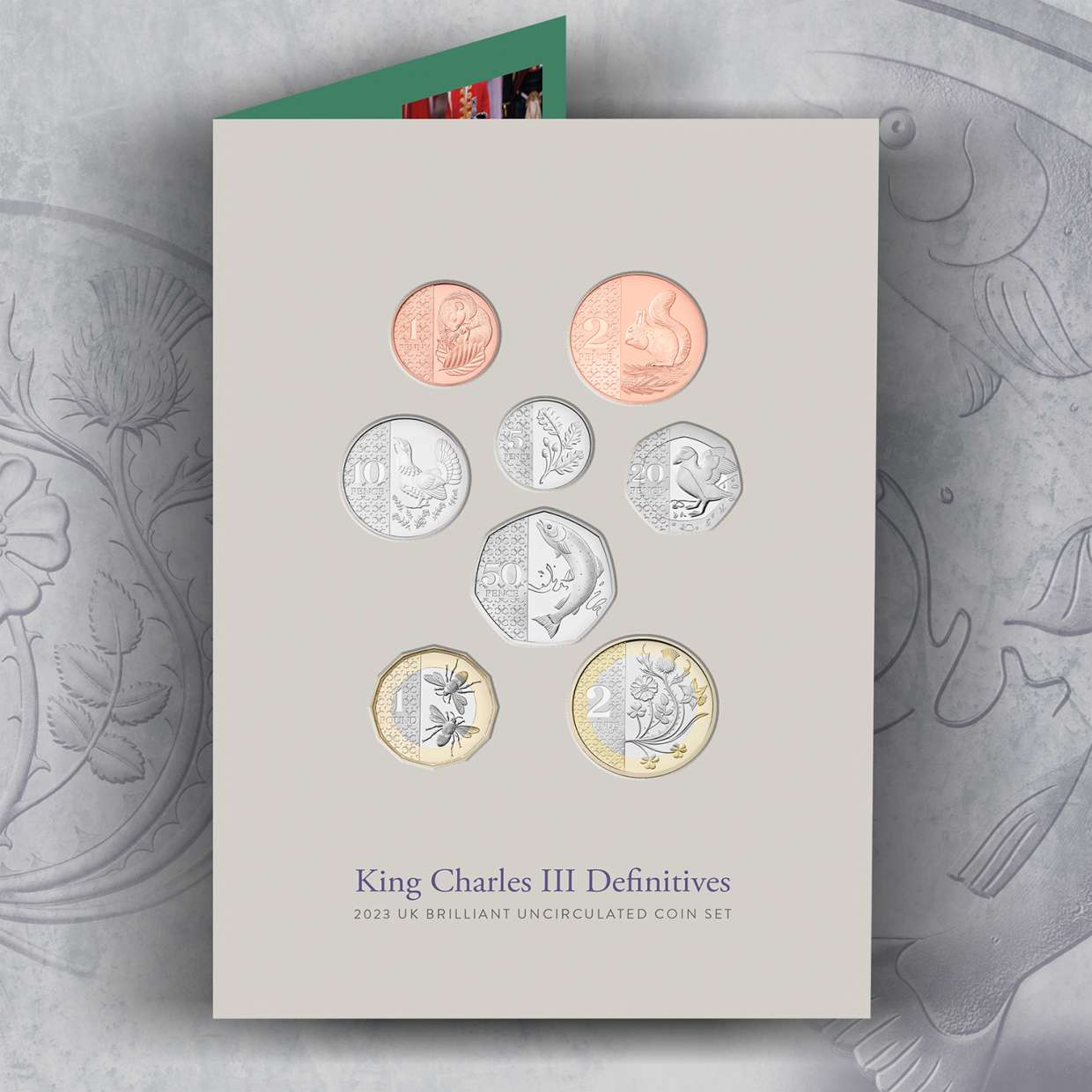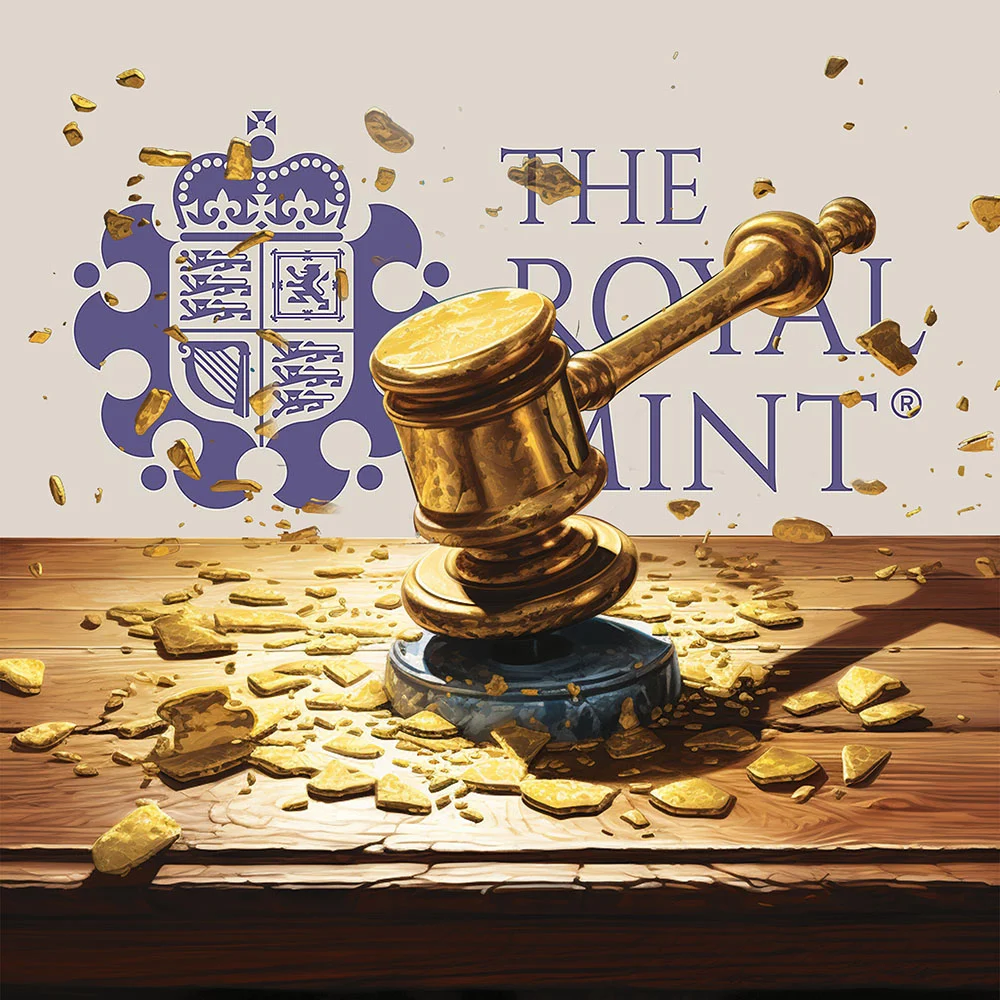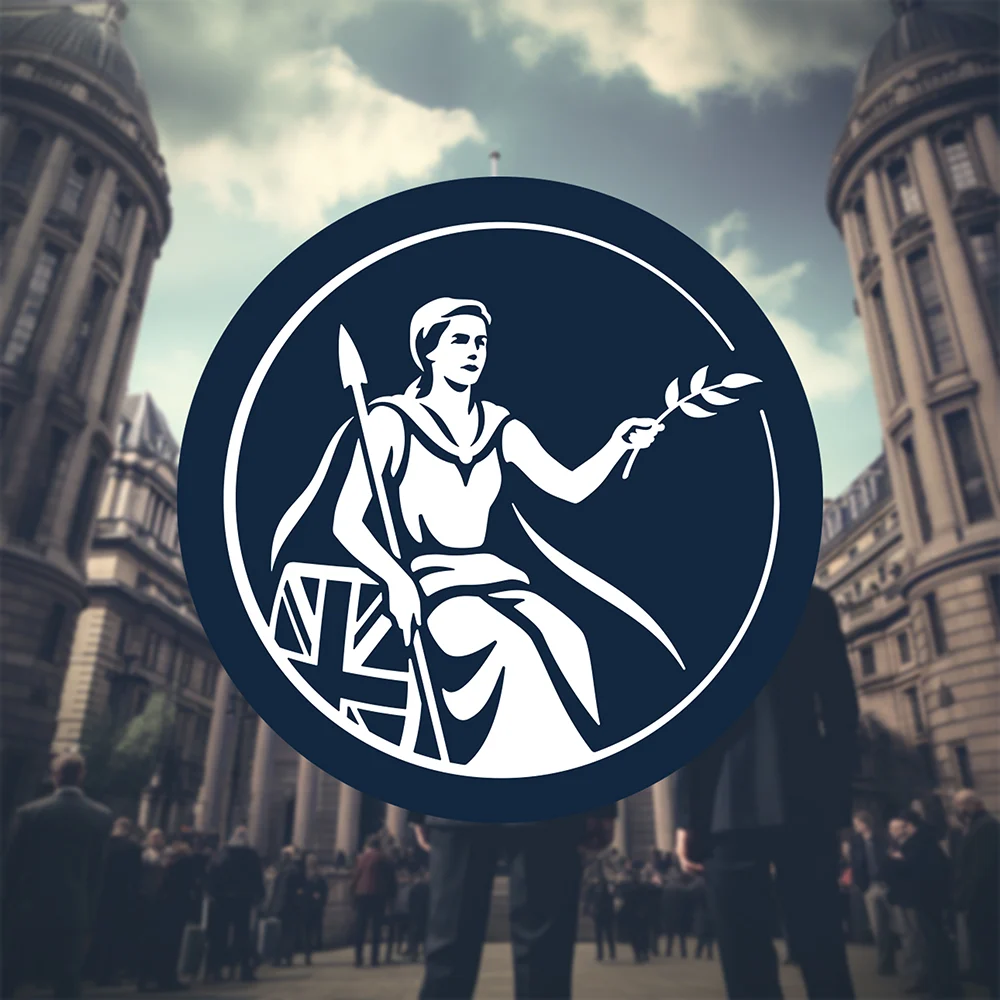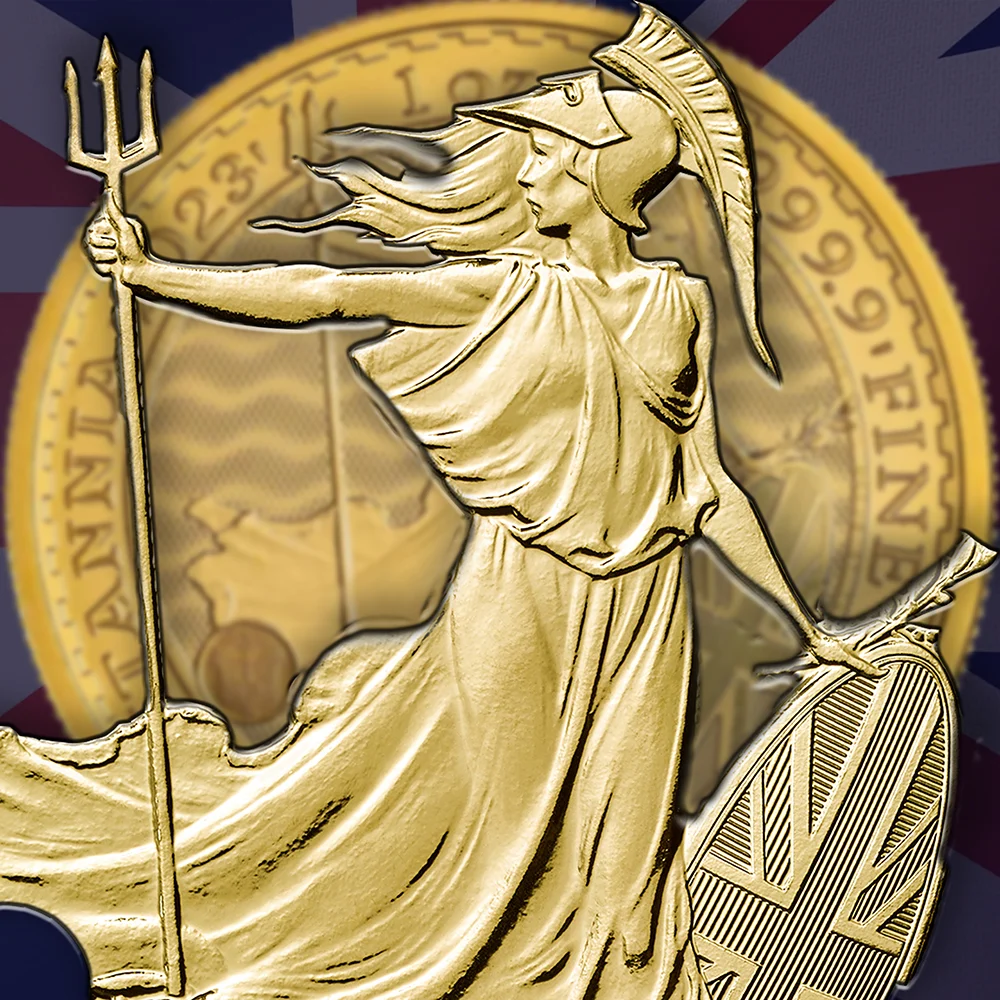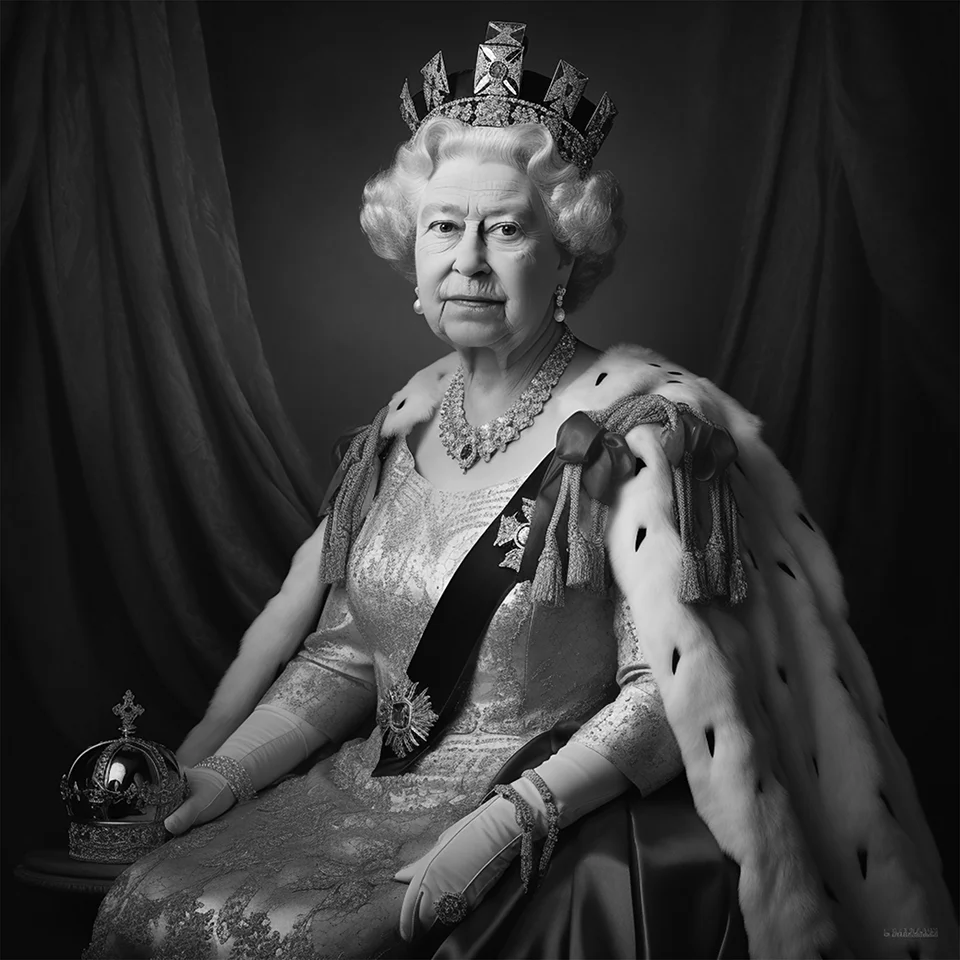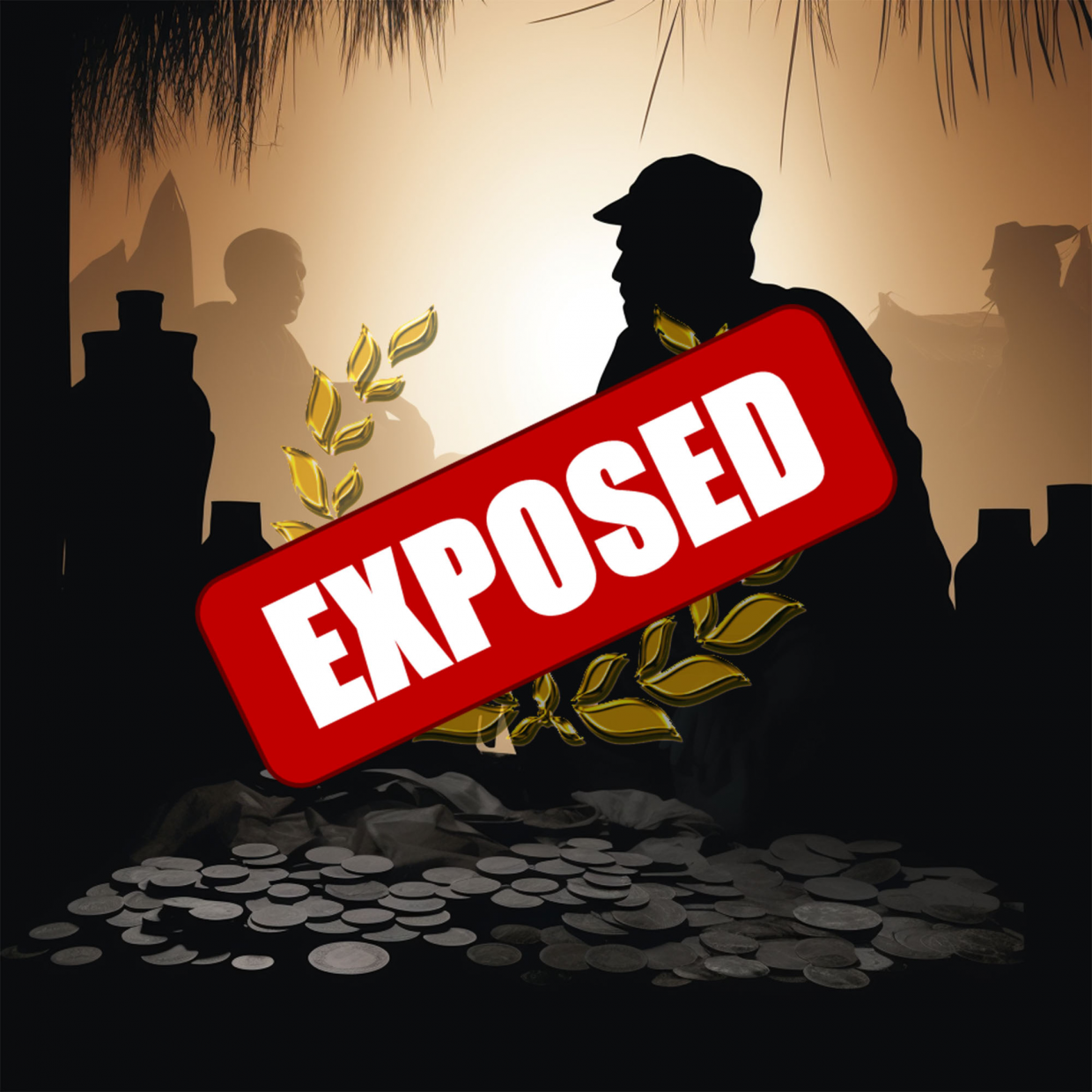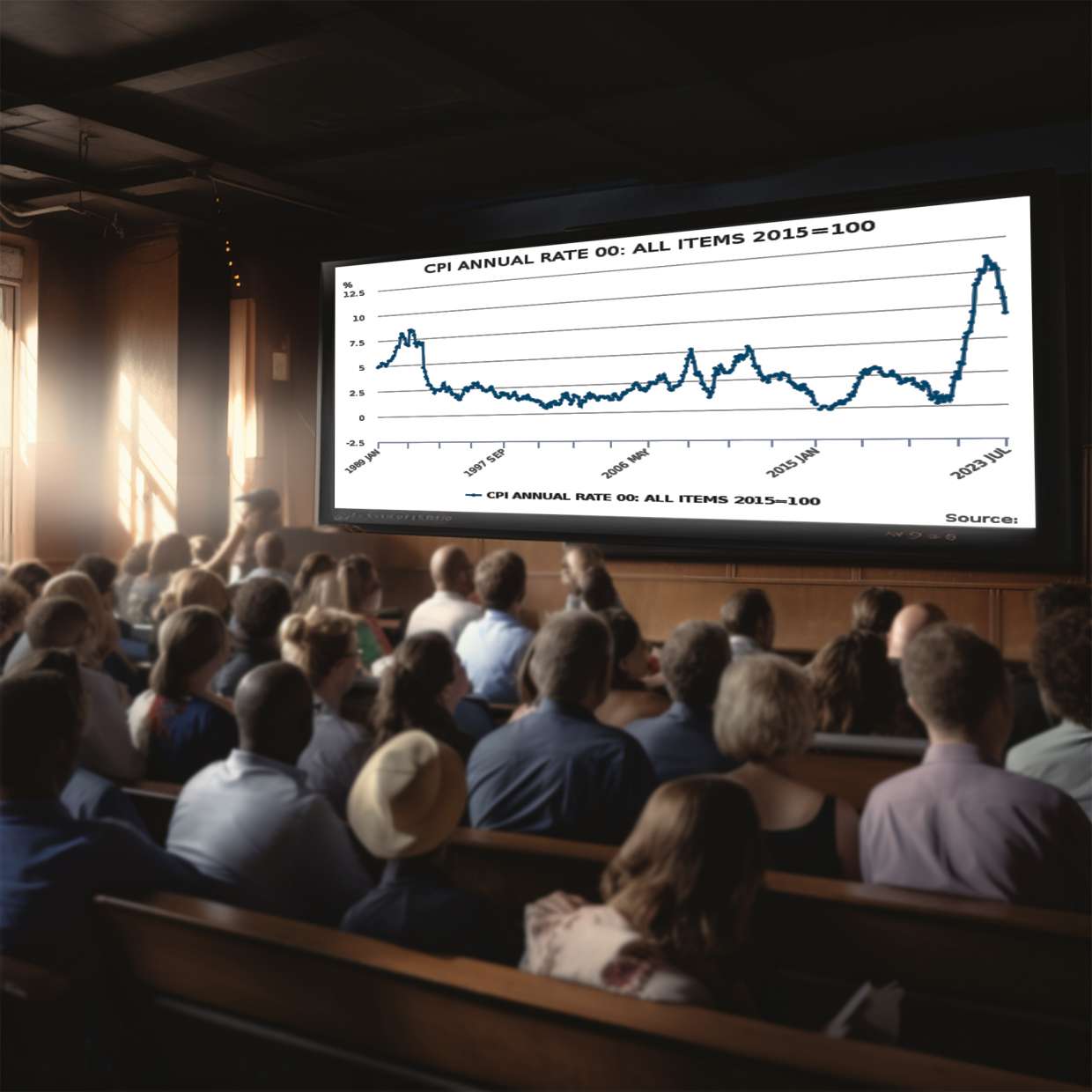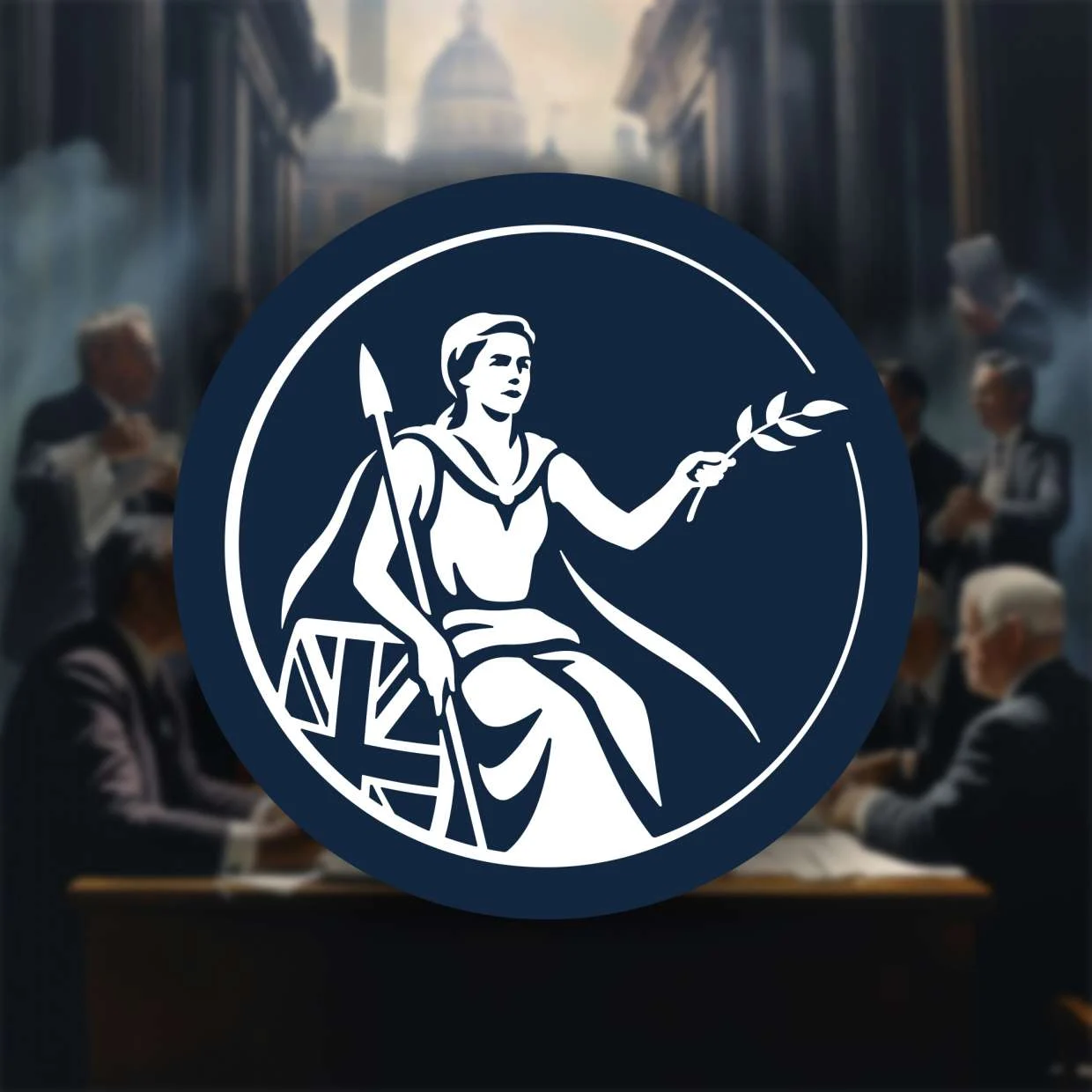British Monarch Coronation Medal History
Synopsis
Delve into the fascinating world of British coronation medals, spanning from Edward VI to King Charles III. With the recent release of King Charles III's coronation medal, learn about the intriguing designs and the eligibility criteria for this prestigious commemorative coin.

King Charles III Coronation Coins
With the new commemorative release of the 2023 coronation bullion coin collection by The Royal Mint, it is essential to examine the previous coronations of British monarchs. In addition to coronation coins, several of Britain's earlier British monarchs had a limited production of coronation medals manufactured instead.
Coins and medals for coronation purposes are released to commemorate the momentous event of a new monarch ascending the throne.
Was King Charles III Coronation a Success?
On the 6th of May, 2023, more than 20 million people in the United Kingdom, and millions more across the globe, witnessed the coronation of King Charles III and his wife on national television. Whilst this may seem impressive, during Queen Elizabeth II's coronation in June 1953, around 27 million people (with the UK population being 36 million at the time) observed the event.
This significant figure represents slightly less than 73% of the UK population in 1953, whereas in 2023, approximately just under 30% of the people in the UK watched. It is noteworthy that during Queen Elizabeth II's coronation, the televised event served as the first exposure to television for many individuals in the UK. In contrast, today, both in the UK and worldwide, media has expanded significantly and continues to flourish in 2023.
The Timeline of British Monarch Coronation Medals
Coronation medals have been crafted for the coronations of British monarchs since the reign of King Edward VI (1547-53), with the most recent addition being the coronation medal for King Charles III.
Tudor Dynasty 1485 - 1603
Edward VI
At the age of 10, Edward VI observed the passing of his father, King Henry VIII, signifying the commencement of his own reign. As a result, a splendid coronation medal, measuring 60mm in diameter, was minted in gold. This medal was among the coins and medals collection owned by King George III, who reigned from 1760 to 1820.
The design of the Edward VI medal depicted a young Edward, adorned with a crown and armor, holding the sovereign's orb in his left hand and the sword of state in his right hand. The obverse legend of this coin, written in Latin, reads as follows:
Edward VI, by the grace of God, King of England, France and Ireland, defender of the faith and the supreme head on earth of the Church of England and Ireland, crowned 20 February 1546, in his tenth year.
Similarly, the reverse side of the medal bears the same inscription as the obverse, but in Hebrew and Greek.

Stuart Dynasty Early / Post Restoration 1603-1714
James I
Born in 1566, James became King at 13 months old when his mother, Mary Queen of Scots was ousted by an alliance of protestant nobles. The most obvious legacy of his reign is the union of the two crowns of England and Scotland, simply by virtue of the fact that by birthright, he eventually inherited both crowns.
The tradition of giving silver medals upon those who attended the ceremony at Westminster Abbey was initiated in 1603 during the coronation of King James I. These medals were engraved by the Royal Mint and featured a Latin inscription which can be translated as:
James I, Caesar Augustus of Britain, Caesar, the successor to the Caesars, presents this medal.
Also, the reverse design of this medal depicts a coat of arms representation, featuring a crowned lion. On the obverse side, there is a portrait of James I.

Charles I
The coronation medal of Charles I was engraved designed by the renowned and innovative French coin and medal engraver, Nicholas Briot. Interestingly, Briot had previously collaborated with Charles during the English Civil War, a significant conflict that unfolded from 1642 to 1652.
On the reverse side of this medal, you will find an armoured arm gauntlet gripping a sword. Additionally, the legend is inscribed with Latin text, which can be translated as follows:
until peace be restored upon earth
Furthermore, the obverse of this medal showcases the crowned portrait of Charles I, facing towards the right.

Charles II
Charles II was born in 1630 to Charles I and Henrietta Marie of France. As he grew up, storm clouds were gathering as opposition to his father in Parliament grew. By 1646 however, the war was turning decisively against the Royalist side, and the Prince was compelled to flee into exile so that he could be kept out of the hands of the Parliamentarians and be ready to assume the role of King should anything happen to his father.
The reverse of Charles II's coronation medal showcases a hovering dove of peace gently placing the royal crown upon his head. The inscription reads as follows:
Sent to support a fallen age

James II
On the reverse side of the James II coronation medal, one can observe the majestic royal crown being upheld by a celestial hand, while a laid wreath symbolises the crown of victory.

William and Mary
King William III and Queen Mary II reigned jointly as monarchs, known for their shared rule during the late 17th century. Their reign, commonly referred to as the William and Mary period, had a notable impact on British history, particularly with the signing of the Bill of Rights in 1689. During their joint reign, a coronation medal was issued to commemorate King William III and Queen Mary II.
The obverse of the medal showcased their right-facing portraits, while the reverse depicted the scene of Jove unleashing a mighty wrath upon Phaeton, leading to the young man's tragic fall from his chariot as the chariot continues through the flames. This remarkable medal was skillfully designed by Jan Roettiers, a talented artist originally from Belgium, who had previously worked at the Antwerp Mint before joining The Royal Mint.

Anne
The design of Anne's coronation medal was attributed to John Croker, the appointed chief engraver of the Royal Mint. However, some research suggests that the work might have actually been by Isaac Newton, who held the esteemed position of Master of the Mint from 1699 to 1727.
The design of this coronation medal portrays the depiction of Palla, the Greek goddess, unleashing a mighty lighting bolt upon a fearsome two-headed monster. Additionally, the obverse of the medal displays Anne's left-facing bust.

Hanoverian Dynasty 1714 - 1901
George I
The German-born George I was descended from James I of England via his grandmother Elizabeth of Bohemia, James' eldest daughter. In 1714, George I was the closest Protestant relation to the British Royal Family, and on this basis, he became George I of Great Britain. His reign was not a popular one, due to his foreign origins and frequent absences from Britain, but he was seen as the least worst alternative to the return of the Stuarts, who were Roman Catholics.
Perhaps due to his upbringing in Germany and his previous role as the Elector of Hanover, King George I's coronation medal was issued without an inscription. This decision could be attributed to a potential language barrier and his limited understanding of the English language at the time of ascending the British throne. On the reverse of the medal Lady Britannia can be seen crowning King George I who is seated with his scepter and orb.

George II
King George II's coronation medal showcased a design reminiscent of his father's, with Lady Britannia seen crowning the monarch. Notably, an inscription was included, translating to the following message
by a willing people

George III
Once again, George III witnessed the creation of his coronation medal, which portrayed Lady Britannia bestowing the crown upon the monarch, following the tradition set by his grandfather and father. However, during this period, the Privy Council assigned the chief engraver, John Sigismund Tanner, with the responsibility of submitting a design for the monarch, but it was ultimately rejected. Subsequently, King George III personally appointed Lorenz Natter to undertake the design preparation instead.

George IV
George IV oversaw the incredible work of Benedetto Pistrucci on this coronation medal, who is best known for his St George and the dragon reverse design on British gold sovereigns.
In a portrayal of unity and loyalty, three women wearing robes, representing England, Scotland, and Ireland, pledge their allegiance. They stand beside the King, who is being crowned by Peace, a winged angel, during the coronation ceremony.

William IV
The coronation medal of William IV was an unusual release as it went against the tradition of all previous coronation medals. Firstly, the inscriptions on both sides of the coins was engraved in English instead of Latin and reads as the following:
WILLIAM THE FOURTH CROWNED SEP:8 1831
ADELAIDE QUEEN CONSORT CROWNED SEP: 8 1831
This medal marks a significant milestone as it showcases, for the first time, both the sovereign and the consort together on a medal.

Victoria
Two great engravers, Benedetto Pistrucci and William Wyon, collaborated on the design of Victoria's coronation medal. The reverse design draws inspiration from earlier monarch medals, featuring the lion behind the throne, reminiscent of George III's medal, as well as the inclusion of three ladies from George IV's design.

Windsor Dynasty 1901 - present
Edward VII
Edward VII, the first monarch of the Windsor dynasty, is depicted wearing the crown, coronation robes, and orders of chivalry, facing towards the right. Furthermore, on the opposite side of the coin, his wife, Alexandra, is featured with the date of the original intended date of the coronation appearing at the bottom-center instead of the inscription around the medal.
EDWARD VII CROWNED 9 AUGUST 1902
ALEXANDRA QUEEN CONSORT 9 AUGUST 1902
An interesting fact to note is that the coronation of both monarchs was postponed due to the King's illness, leading to the delay of the actual coronation date. Eventually, the coronation took place on the 9th of August 1902.

George V
The coronation medal of George V, designed by Bertram Mackennal, was minted in three metals but had a lower mintage compared to that of Edward VII. These three metals included gold, silver, and bronze, with each medal being issued in two different sizes within each metal.

George VI
This coronation medal was designed by Percy Metcalfe, and showcased a low relief portrait of the youthful king and his daughter Queen Elizabeth II. The inscription of this coin reads as the following:
GEORGE VI CROWNED 12 MAY 1937
QUEEN ELIZABETH 12 MAY 1937

Elizabeth II
To commemorate the coronation of Queen Elizabeth II on 2nd June 1953, around 130,000 official medals were struck. These medals were specifically issued to chosen members of the royal household, government officials, the Armed Forces, and other individuals in public service from Britain and the Commonwealth.

Coronation 2023 Medal
The most recent medal to be released is the current monarch, King Charles III coronation medal that had 400,000 medals issued. The obverse design showcases the crowned portraits of King Charles III and Queen Camilla. On the reverse side, the medal depicts King Charles III's royal cypher and tudor crown, surrounded by a wreath, along with the coronation date of 6th May 2023.

King Charles Coronation Medal Eligibility
Wikipedia stated that the eligibillty of these medals was the following:
- Individuals who actively contributed to the official Coronation events in Westminster Abbey and processions, and other officially recognised ceremonial Coronation events.
- Serving members of the Armed Forces who had completed five full calendar years of service on 6 May 2023 or participated in Armed Forces Coronation events during the course of 2023.
- Frontline emergency personnel who had been in paid service, retained or in a voluntary capacity, dealing with emergencies as part of their conditions of service, and who had completed five full calendar years of service on 6 May 2023;
- Publicly employed prison services personnel who had completed five full calendar years of service on 6 May 2023.
- Living individual recipients of the George Cross or of the Victoria Cross.
Related Articles
This guide and its content is copyright of Chard (1964) Ltd - © Chard (1964) Ltd 2024. All rights reserved. Any redistribution or reproduction of part or all of the contents in any form is prohibited.
We are not financial advisers and we would always recommend that you consult with one prior to making any investment decision.
You can read more about copyright or our advice disclaimer on these links.


